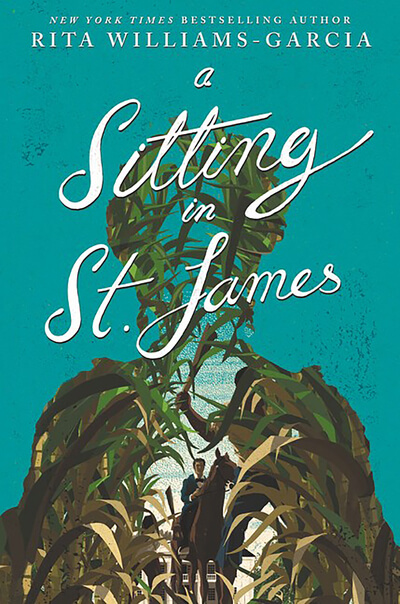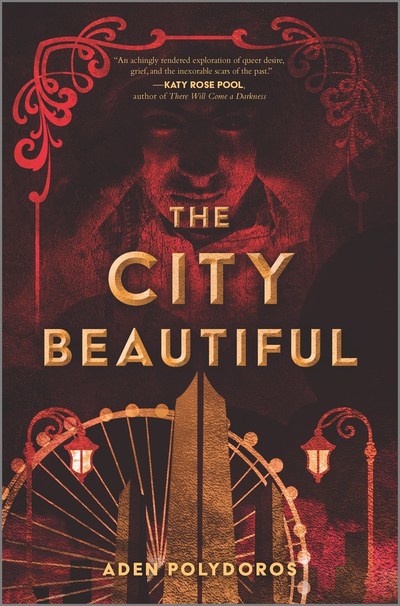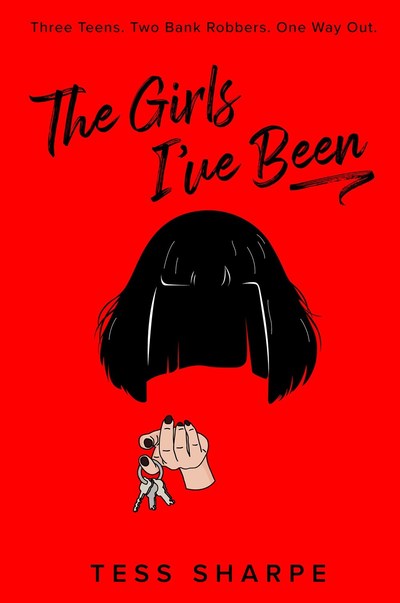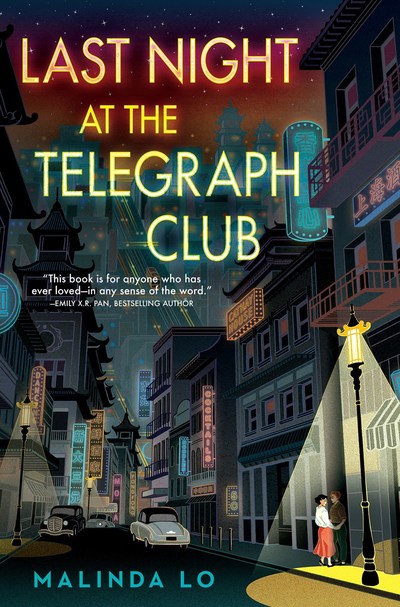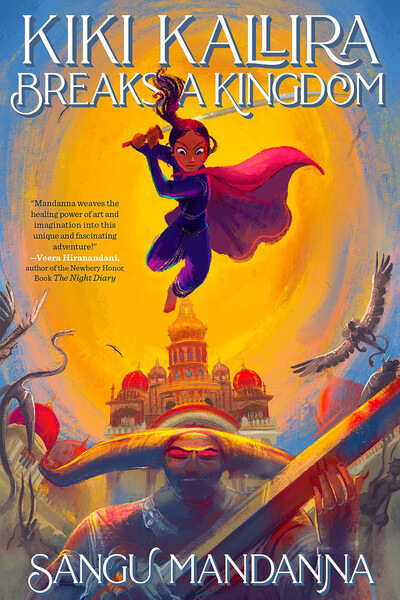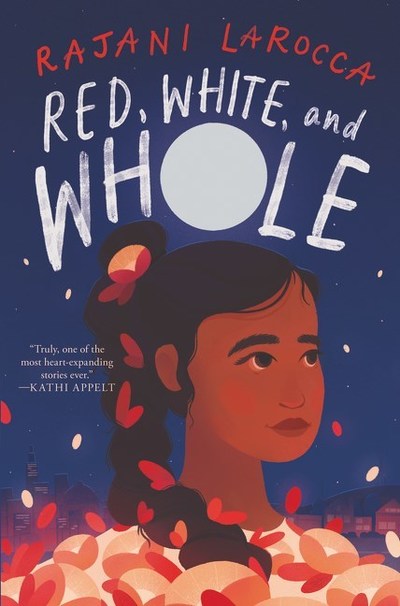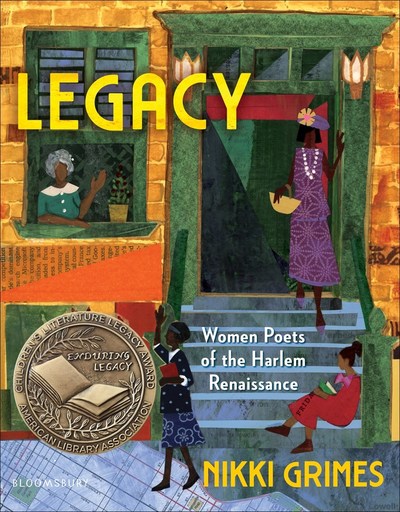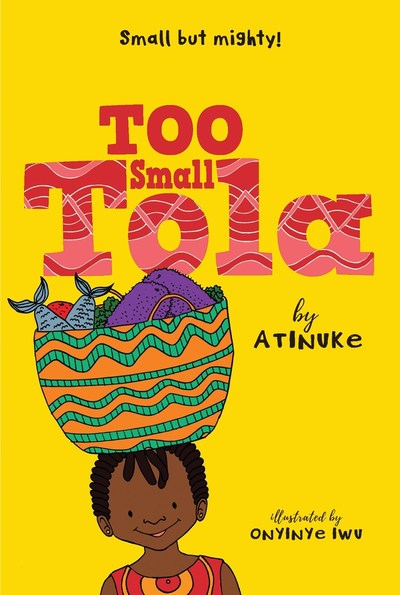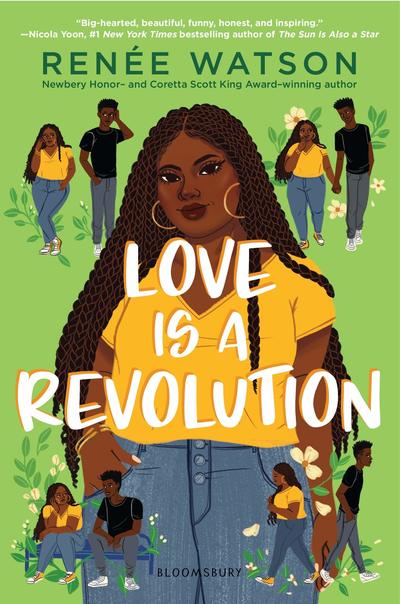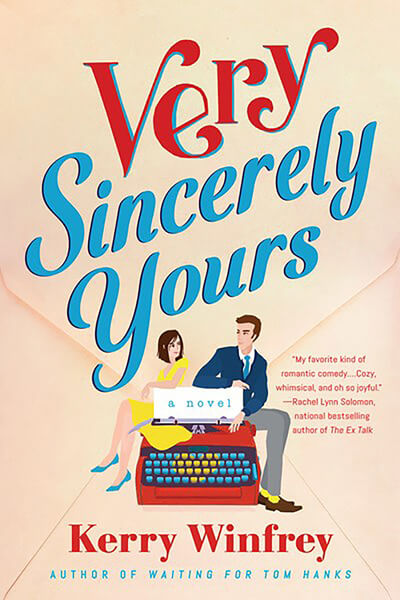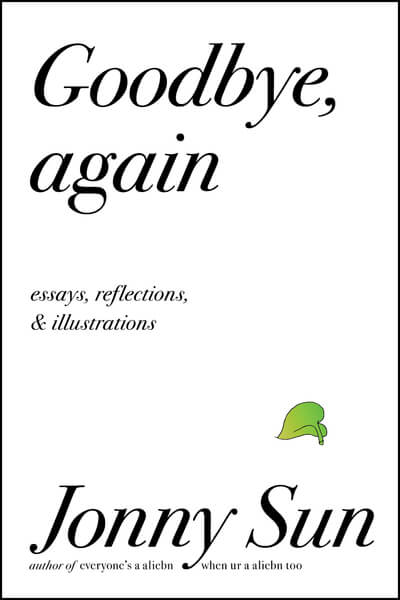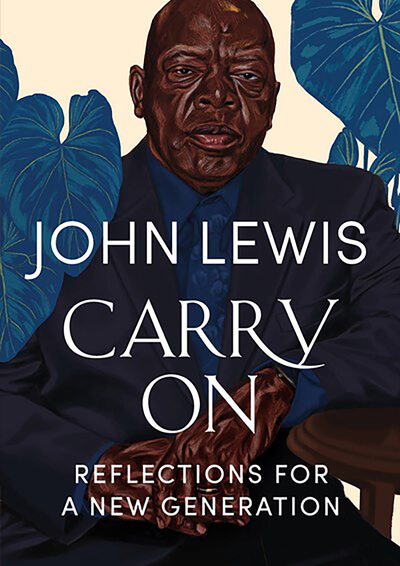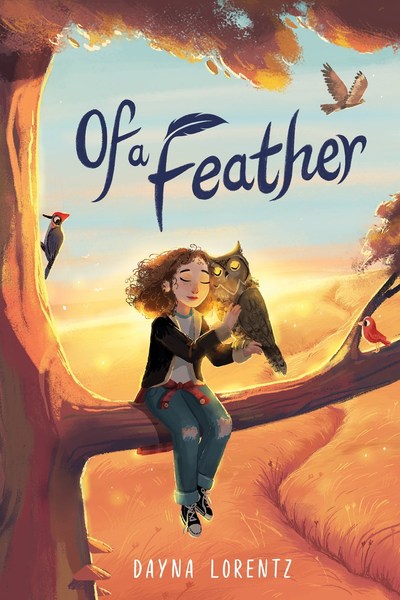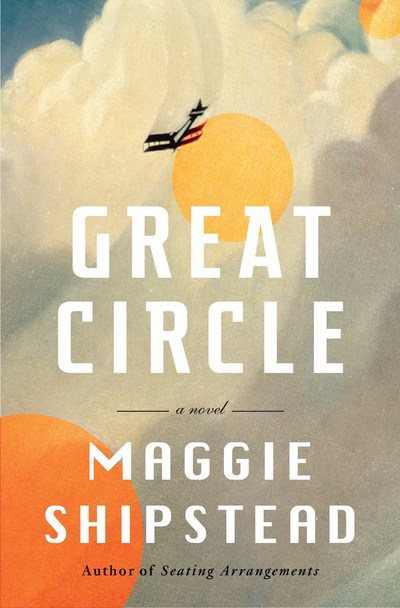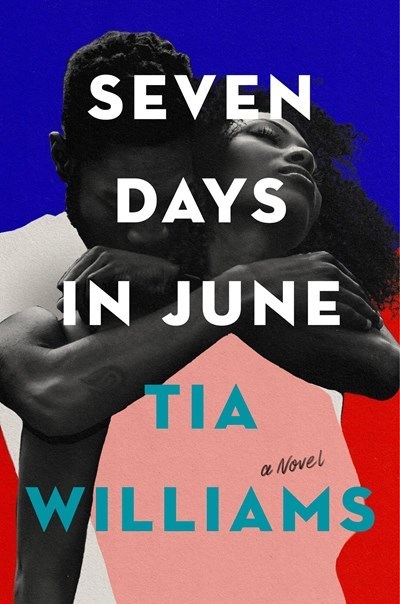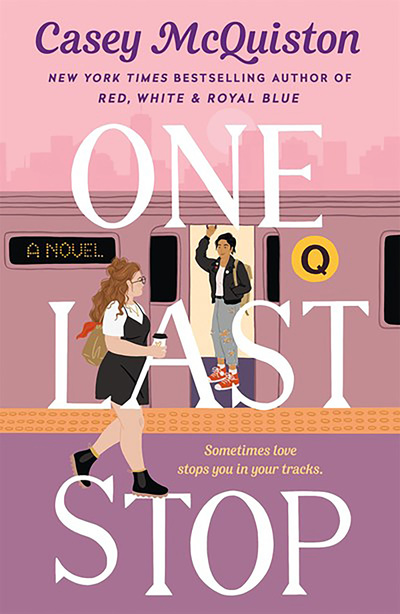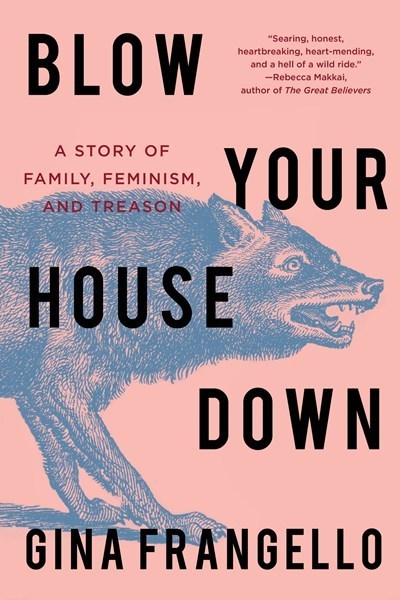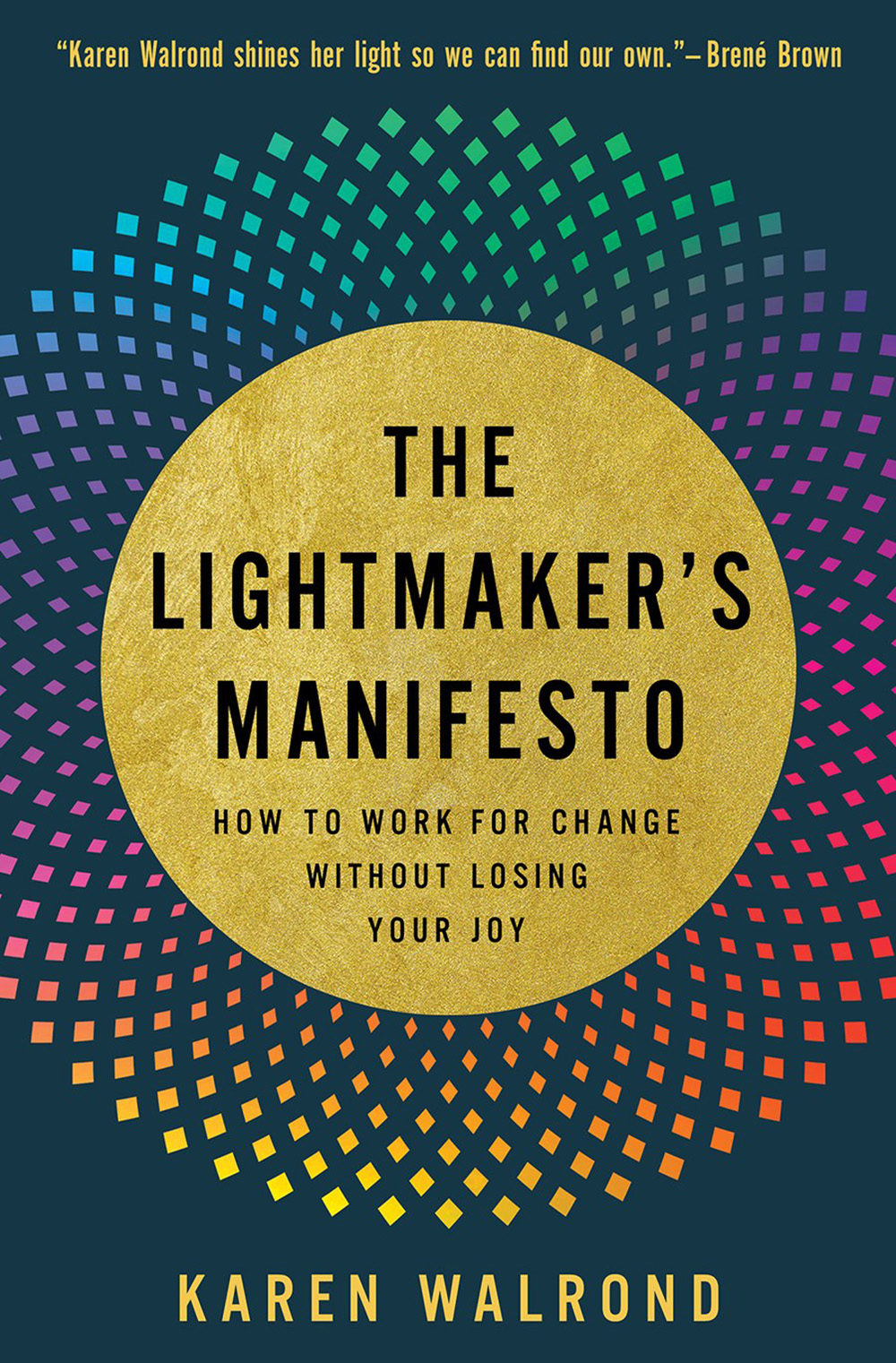If you’ve been feeling down, take heart. Environmental icon Jane Goodall remains hopeful, so surely we readers can, too. Her wisdom, along with four additional books, fills this season with inspiration and empowerment.
★ The Book of Hope
Jane Goodall may well be Earth’s ultimate cheerleader. In The Book of Hope: A Survival Guide for Trying Times, she professes steadfast hope for both humanity and our planet that’s rooted in “action and engagement,” not simply wishful thinking. In straightforward, easy-to-digest prose, she writes that each one of us can make a difference, and that “the cumulative effect of thousands of ethical actions can help to save and improve our world for future generations.”
The book is framed as a series of conversations between Goodall and Douglas Abrams, a truly engaging thinker and writer who took a similar approach in the first title in the Global Icons series, The Book of Joy, in which he facilitated conversations between the Dalai Lama and Archbishop Desmond Tutu. Readers will be drawn into The Book of Hope as Abrams arrives at Goodall’s home in Tanzania for dinner, bearing a bottle of whiskey. Their subsequent chats span the globe; they talk at the Jane Goodall Institute in the Netherlands, and eventually, because of COVID-19 restrictions, they connect via Zoom as Goodall gives Abrams a virtual tour of her childhood home in Bournemouth, England.
Their discussions are focused yet wide-ranging as Goodall explains the four main sources of her hope: “the amazing human intellect, the resilience of nature, the power of youth, and the indomitable human spirit.” She admits that she briefly lost her way after her husband Derek Bryceson died in 1980, saying, “Grief can make one feel hopeless.” Abrams and Goodall’s talks deepen after he unexpectedly loses his father to lymphoma and, later, his college roommate to suicide. “We are going through dark times,” Goodall says early in the book. For this reason and many more, The Book of Hope is a gem of a gift.
The Lightmaker’s Manifesto
If you’re yearning to become a true change-maker, then turn to Karen Walrond’s extremely helpful The Lightmaker’s Manifesto: How to Work for Change Without Losing Your Joy for a profound nudge. Walrond definitely walks the walk, having ditched her career as a lawyer to become an activism coach. As an Afro-Caribbean American immigrant from Trinidad and Tobago, she says, “my work is underpinned by an ongoing desire to fight discrimination and foster interconnectedness through the sharing of stories and images of beauty.”
After a colleague tried to pressure Walrond to break the law, she found herself at a crisis point in her career and spent months trying to figure out what to do next. She proceeded in a structured, analytical way—a process that she shares in narrative form, as well as in a “Lightmaker’s Manual” section of prompts and exercises to help readers make their own decisions. She confesses early on, “In my not-so-distant past, I had come up with a pretty extensive list of reasons why an activist life wasn’t for me.” But when she realized that she loved to speak, write and take photos, she searched for a way to put all these talents to work.
She bookends her account by discussing the beginning and end of a trip to Kenya sponsored by the ONE Campaign to fight poverty and preventable disease, describing the joyful rewards of her new career. “We can do this, my friends,” she says in her encouraging and authentic way. “There’s no end to the light that we can make.”
★ The Matter of Black Lives
The Matter of Black Lives: Writing From The New Yorker, co-edited by New Yorker editor David Remnick and staff writer Jelani Cobb, is a standout among recent books about race, notable for its historical perspective and breadth as well as for the excellent writing of its many renowned contributors. The first entry, for example, James Baldwin’s 1962 “Letter From a Region in My Mind,” marked a turning point for The New Yorker’s coverage of racial matters. It is a riveting, astounding essay, describing in a highly personal way Baldwin’s meeting with Elijah Muhammad, leader of the Nation of Islam. In a foreword, Cobb notes, “Baldwin’s essay was, for many readers, a jolt, a concussive experience. . . . As an indictment of American bigotry and hypocrisy, tackling themes of violence, sex, history, and religion, the piece continues to resonate more than a half century later.”
The same can be said of so many of these essays. Journalist Calvin Trillin shares a fascinating 1964 account of a white man questioning Martin Luther King Jr.’s Christianity during a flight between Atlanta, Georgia, and Jackson, Mississippi. Some essays are simply pure pleasure, such as Andrea Lee’s 1983 piece “Quilts,” about her trip to see family in Ahoskie, North Carolina, and her desire to buy a handmade quilt.
The Matter of Black Lives is a treasure chest of essays guaranteed to provoke, dismay, delight and inspire.
Chicken Soup for the Soul: I’m Speaking Now
Sometimes it can be equally enlightening to read the words of the not-so-famous, like congressional staffer Jasmine J. Wyatt, who had a stark realization after an oral surgeon informed her that she had fractured her jaw after years of grinding her teeth. Wyatt mused that she had “morphed into a Black wallflower, gritting my teeth to keep from saying the wrong thing, at the wrong time. A silencing of myself over and over, until I thought I had nothing valuable left to say.” Thankfully, those days of silencing have lost their power over Wyatt and many others, as evidenced by Chicken Soup for the Soul: I’m Speaking Now: Black Women Share Their Truth in 101 Stories of Love, Courage and Hope, which is filled with short but commanding essays written by a variety of Black women sharing their personal experiences.
These essays—and a few poems—are grouped into categories such as “Family & Food for the Soul” and “Identity and Roots,” and each piece begins with a quotation from a well-known figure, including Michelle Obama, Misty Copeland and Audre Lorde. Some offerings are nuggets of love, such as journalist Rebekah Sager’s tribute to her father, who raised her single-handedly, his actions lighting the way for Sager to raise her son “with dignity, vision, empathy and grace.” Other pieces feature insightful yet amusing journeys of self-discovery, like Rachel Decoste’s account of moving to Dakar, Senegal, and on her first day there, suddenly belting out a song from The Lion King. “I was mad at myself for starting my journey to the Motherland with a Disney soundtrack. . . . How colonized was my mind that this was the first tune that came to my spirit?”
The many voices featured in I’m Speaking Now rise up like a powerful choir, offering melodies that will stay with you.
Shedding the Shackles
British textile artist Lynne Stein admits that when she plans vacations, instead of craving beaches or cuisine, she seeks out local craft traditions, hoping to get a firsthand look at Yoruba tribal beadwork or Middle Eastern metalwork. She eventually decided to investigate the narratives surrounding the craftwork of female artists in Indigenous and marginalized communities, and the result is Shedding the Shackles: Women’s Empowerment Through Craft, an around-the-world-tour that showcases a variety of talent, traditions and history and provides an enlightening look at the transformative powers of female creativity.
The book begins with short entries focusing on individual artists and specific craft techniques, such as the increasingly popular Boro and Sashiko forms of Japanese stitching. There’s a profile of English artist Lauren O’Farrell, who coined the term “yarnstorming,” a type of knitted street art that has become wonderfully widespread. Readers also learn about arpilleristas, Chilean women who create three-dimensional appliqued textiles to document their lives as well as to shed light on human rights abuses and violence, especially during the regime of Augusto Pinochet. Vibrant photographs accompany each entry, focusing on both the artists and their exquisite craftsmanship.
Stein includes longer discussions of female enterprises that are not only art but also a means of survival, such as Monkeybiz South Africa, founded in 2000 to empower underprivileged women as bead artists. Their funky 3D creations quickly became a worldwide hit and have been included in numerous international exhibitions.
After perusing these pages, readers may adjust their own vacation plans to allow time for learning about and appreciating local art traditions.






